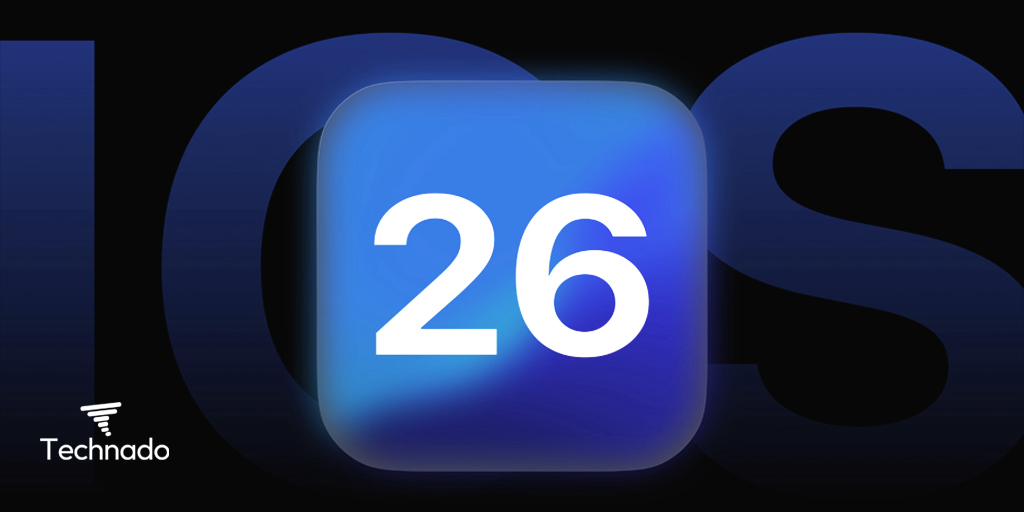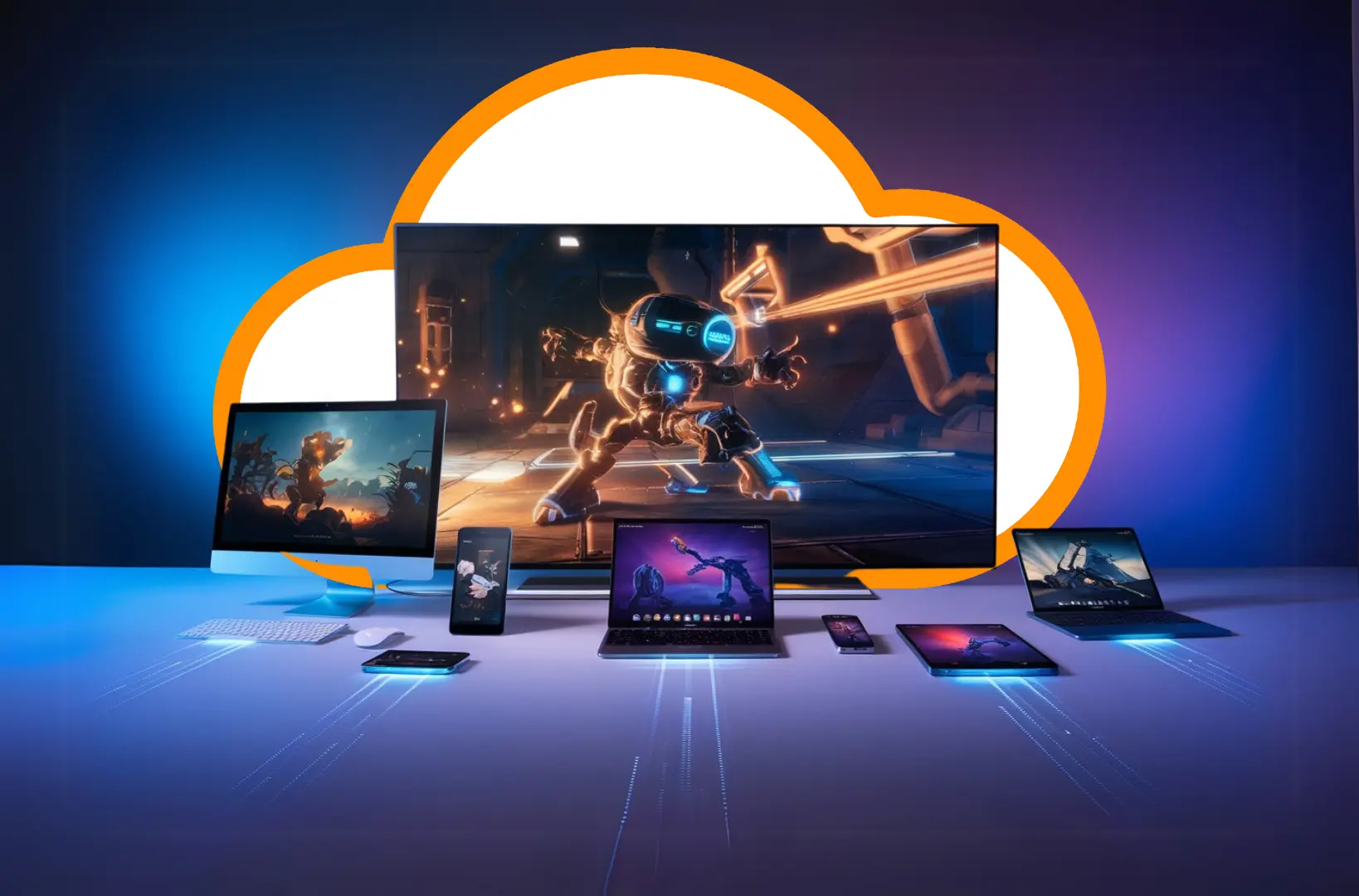In a historic achievement, Vodafone has successfully conducted the world’s first satellite video call using a standard smartphone. This technological breakthrough marks a significant step toward a future where global connectivity is no longer dependent on terrestrial cell towers. With this innovation, Vodafone has demonstrated that satellite networks can seamlessly integrate with everyday mobile devices, opening up possibilities for universal coverage and enhanced communication, even in the most remote regions of the world.
This development comes at a time when the demand for reliable mobile connectivity is greater than ever. Millions of people worldwide still lack access to stable mobile networks, and disasters often disrupt communication infrastructure. Vodafone’s achievement, in partnership with AST SpaceMobile, could pave the way for a new era in telecommunications—one where smartphone users can stay connected anywhere on the planet without requiring specialized satellite phones or external hardware.
The Call That Changed Everything
This historic satellite video call was made using AST SpaceMobile’s BlueWalker 3 satellite. The technology behind this breakthrough enables standard, unmodified smartphones to connect directly to satellites in orbit, effectively turning space into a cell tower.
Previously, satellite communication required specialized phones or external antennas due to the vast distance between satellites and the Earth’s surface. Vodafone’s successful test proves that existing smartphone technology, when combined with innovative satellite networks, can overcome these limitations.
The call, placed from Hawaii to Spain, demonstrated that satellite-enabled cellular connectivity is not just a theoretical concept—it is now a functional reality. Unlike previous satellite networks, which required dedicated satellite phones, this approach works with standard consumer devices, making satellite connectivity more practical and widely accessible.
Why This Breakthrough Matters
The significance of Vodafone’s achievement extends far beyond just making a video call. This technology has the potential to revolutionize the telecom industry by eliminating coverage gaps, providing emergency communication services, and ensuring that people stay connected regardless of their location. Here are some key benefits:
1. Global Coverage for Remote Areas
One of the biggest challenges in modern telecommunications is providing network coverage in rural, remote, and underserved areas. Traditional mobile networks rely on terrestrial towers, which require significant infrastructure investment and are difficult to deploy in challenging environments such as mountains, deserts, and open oceans. Satellite-enabled mobile connectivity eliminates this issue by allowing any smartphone to connect directly to a satellite, ensuring that no one is left out of the communication network.
2. Resilience During Natural Disasters
When disasters such as earthquakes, hurricanes, or wildfires strike, communication networks are often among the first infrastructures to collapse. This severely hampers rescue operations, leaving affected individuals disconnected from emergency services. Vodafone’s satellite-enabled connectivity offers a solution by providing an alternative network that remains functional even when terrestrial networks are down. In the future, first responders and disaster-affected communities could rely on direct satellite connections for immediate communication and coordination.
3. Seamless Connectivity Without Specialized Devices
Until now, satellite communication has required bulky and expensive satellite phones or external antennas. Vodafone’s approach changes this by enabling standard smartphones to connect to satellites directly. This means that users won’t need to purchase new devices or make modifications to their existing phones—satellite connectivity will simply be another feature, similar to how Wi-Fi and mobile data function today.
4. Bridging the Digital Divide
Despite the rapid growth of mobile networks, billions of people around the world still lack reliable internet access. Satellite-enabled smartphone connectivity can help bridge this digital divide by offering high-speed data and voice services in regions where laying fiber-optic cables or building cell towers is impractical. This could have a profound impact on education, healthcare, and economic development, enabling people in remote areas to access online resources, telemedicine, and digital financial services.
The Technology Powering the Innovation
The key to this breakthrough is AST SpaceMobile’s BlueWalker 3 satellite, which serves as a space-based cell tower. Unlike traditional satellite networks, which rely on geostationary satellites positioned over 35,000 km above Earth, BlueWalker 3 operates in low Earth orbit (LEO) at a much lower altitude. This reduces signal latency and allows for stronger connections with standard smartphones.
How It Works
- The satellite acts like a giant cell tower in space, broadcasting signals that smartphones can pick up just like they would from a traditional terrestrial network.
- The signal is transmitted from the satellite to the phone without requiring modifications to the device.
- Vodafone’s network infrastructure integrates with AST SpaceMobile’s technology to route calls and data through existing mobile networks.
This direct-to-device satellite technology represents a paradigm shift in telecommunications, offering seamless mobile coverage across the globe without requiring an overhaul of consumer hardware.
What This Means for the Future of Connectivity
With Vodafone pioneering this satellite-enabled mobile communication, the possibilities for the future are endless. Here are some of the most exciting potential applications:
1. Expanding Satellite Mobile Networks Worldwide
Vodafone’s success with AST SpaceMobile could encourage other telecom providers to explore satellite-based mobile networks. As more companies enter this space, we may see a rapid expansion of satellite connectivity, reducing costs and increasing competition in the industry.
2. Integration with 5G and Future Networks
Satellite-enabled mobile communication could complement the rollout of 5G networks, particularly in regions where deploying ground-based infrastructure is challenging. By integrating satellite connectivity with 5G, telecom providers can ensure continuous coverage and seamless handoffs between terrestrial and satellite networks.
3. Enhanced Communication for Industries and Enterprises
Industries such as aviation, maritime, agriculture, and logistics rely on communication networks to operate efficiently. Satellite connectivity will provide uninterrupted mobile coverage for ships, airplanes, and remote industrial sites, boosting efficiency and safety.
4. Strengthening National Security and Defense
Governments and defense agencies could leverage satellite-enabled mobile networks to enhance security, surveillance, and crisis response. Secure, uninterrupted communication is critical for national defense, and satellite networks offer a robust solution for mission-critical operations.
5. Future-Proofing Against Network Failures
Satellite connectivity could serve as a backup network in case of outages or cyberattacks targeting terrestrial infrastructure. This could be especially useful for ensuring business continuity and maintaining emergency communication channels.
Final Thoughts
Vodafone’s successful satellite video call using a standard smartphone marks the beginning of a new era in mobile communication. This technology has the potential to make universal connectivity a reality, ensuring that people around the world—regardless of their location—can stay connected without relying on traditional mobile towers.
With further advancements and increased adoption, we may soon witness a world where network coverage is no longer constrained by geography, where disasters don’t lead to communication blackouts, and where billions of people gain access to the digital world for the first time.
As Vodafone and AST SpaceMobile continue to refine and expand this technology, one thing is clear—the future of mobile connectivity is no longer just on the ground. It’s in the stars.
Suggested Reads:
- Gemini Live Now Available to 500M+ Hindi Speakers
- How to Master B2B Marketing on LinkedIn in 2025
- Nvidia’s Fastest GPUs for DeepSeek AI: Does Speed Really Matter?

Jahanzaib is a Content Contributor at Technado, specializing in cybersecurity. With expertise in identifying vulnerabilities and developing robust solutions, he delivers valuable insights into securing the digital landscape.







